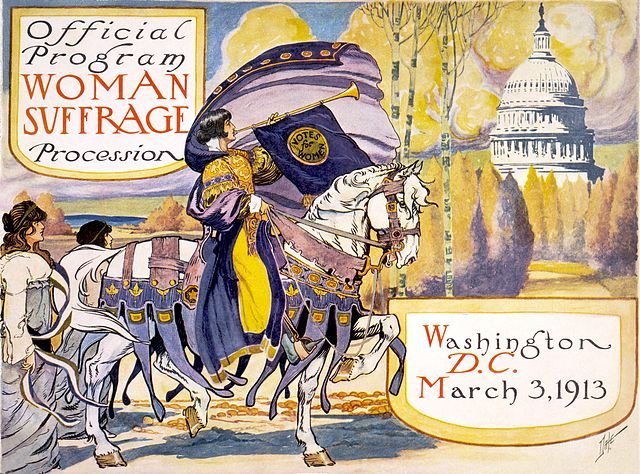Recent posts


Research Paper Guides
by  Mary Watson
Mary Watson
 Mary Watson
Mary Watson


 Photo: Benjamin Moran Dale (1889–1951), for the National American Women's Suffrage Association - This image is available from the United States Library of Congress's Prints and Photographs division under the digital ID cph.3g02996, Public domain, via Wikimedia Commons
Photo: Benjamin Moran Dale (1889–1951), for the National American Women's Suffrage Association - This image is available from the United States Library of Congress's Prints and Photographs division under the digital ID cph.3g02996, Public domain, via Wikimedia Commons